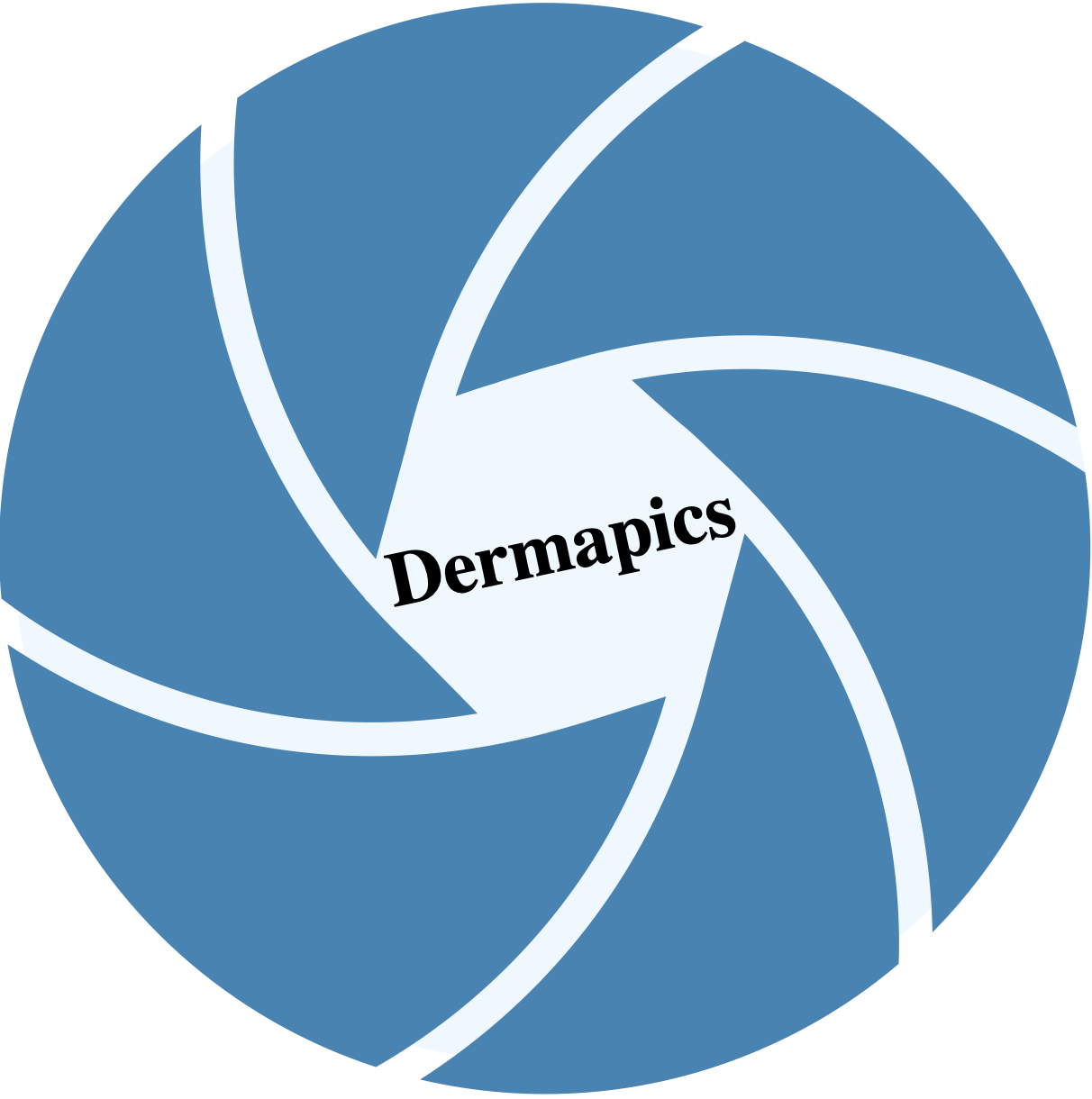Lichen planus
What is lichen planus?
Lichen planus (also called lichen rubber planus) is a strongly itchy inflammation of the skin that is accompanied by red bumps. However, lichen planus can also appear on mucous membranes.
What causes lichen planus?
The cause of the condition is fairly unknown. In some cases, a connection is made between lichen planus and the carrying of viruses that cause hepatitis (liver inflammation).
What does lichen planus look like?
Lichen planus usually presents itself as small, red, flattened papules (bumps) of a few millimeters in size. On the surface of these red spots are often very small white lines visible, the so-called ‘Whickhamse striae’. The small red spots can merge into centimeters of large spots. Preferred areas are mainly the wrists, feet and lower legs, but the abnormalities can occur over the entire skin.
Rarer forms of lichen planus:
- nail lichen planus (abnormalities in the growth of the nail, this is seen in about 10% of the patients)
- oral lichen planus (lichen planus on the oral mucosa, this can be accompanied by blisters and open spaces: the erosive oral lichen planus)
- vaginal lichen planus (lichen planus of the vagina is usually accompanied by open spaces)
- lichen planopilaris: lichen planus of the hair follicles.
- palms and soles of the feet affected by lichen planus
- lichen planus elicited by medicine (this form is relatively common)
- hypertrophic lichen planus (lichen planus with thick ‘plaques’ on the skin)
- blistering lichen planus
- actinic lichen planus (deviations only on the sun exposed skin)
- linear lichen planus (deviations arranged in linear areas)
Typical for lichen planus is the so-called Koebner phenomenon: at the site of skin damage (a scratch for example) a new lichen planus lesion develops. The Koebner phenomenon is also seen in psoriasis.
Who is at risk at getting lichen planus?
Everyone can develop lichen planus, but it is mainly appears in people between 25 and 70 years old. It is almost never seen in babies and toddlers.
How is lichen planus treated?
There is no way of healing lichen planus.
The complaints as a consequence of the illness can usually be suppressed in a more than sufficient manner. Possible treatment methods are:
corticosteroids for the skin (‘hormonal creams’)
These are usually able to suppress itching.
light therapy
UVB and PUVA light therapy courses can be applied in an outpatient manner in more severe cases of lichen planus.
ciclosporin
Doctors prescribe cyclosporin for very severe cases of lichen planus. The cures with this drug, which affects the immune system of the body, usually last for a short time.
acitretin and prednisone can be used in severe, persistent cases.
Lichen planus of the mouth
The treatments of this stubborn form of lichen planus is difficult. Corticosteroid gels, cyclosporin mouthwashes and disinfectant products are prescribed with varying degrees of success. A good oral hygiene is of great importance: visit the dentist regularly when you have oral lichen planus. Avoid eating sour and hot foods and try to damage the mucous membrane and gums as little as possible. In case of a lot of pain, numbing gels (lidocaine) can be prescribed. A separate leaflet on lichen planus in the mouth is available.
What are the prospects?
In most cases of lichen planus the condition automatically disappears within a few years. In some people, however, the condition remains very persistent. Especially the lichen planus of the mouth often remains present for a long time.
Literature
Lu SY et.al: Treatment effectiveness of levamisole plus prednisolone on oral lichen planus patients with emphasis on levamisole-induced agranulocytosis or pancytopenia.
J Formos Med Assoc. 2019 Mar 25. pii: S0929-6646(19)30124-X. doi: 10.1016/j.jfma.2019.03.007
